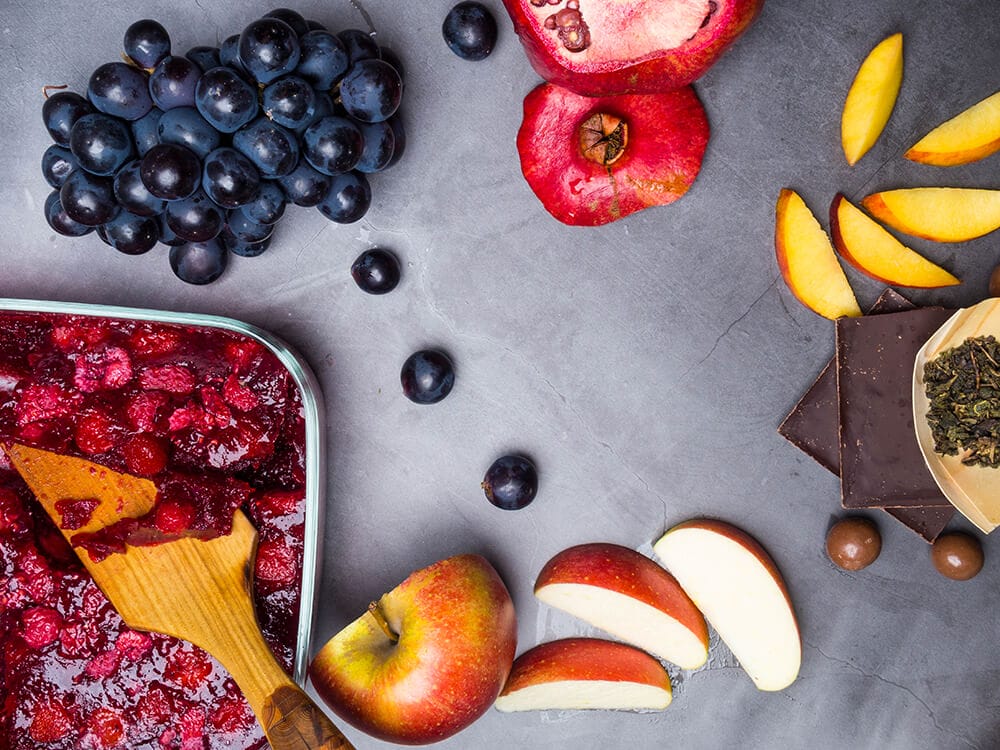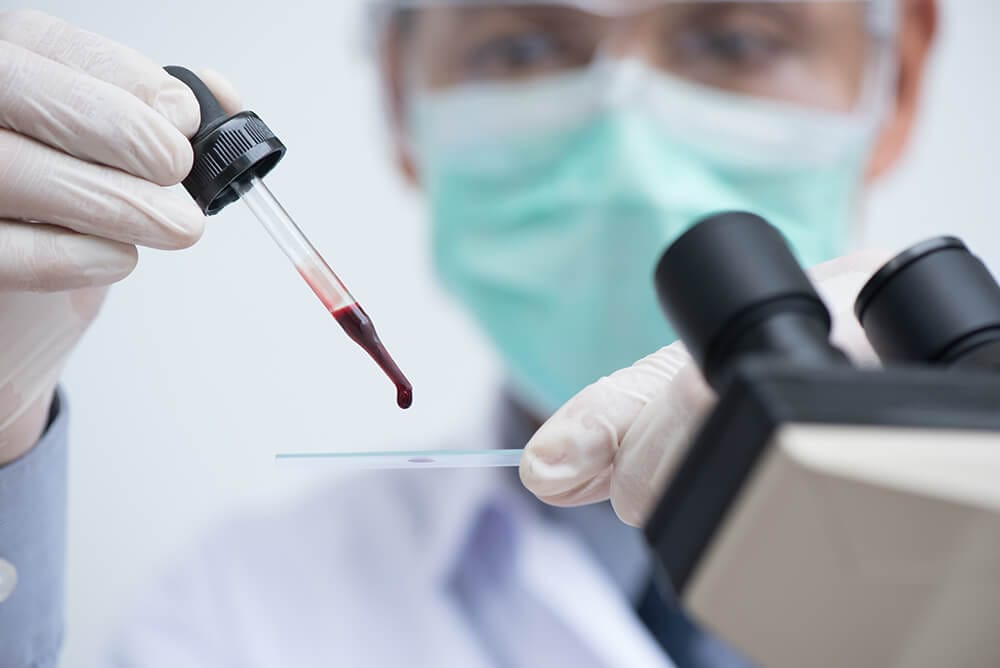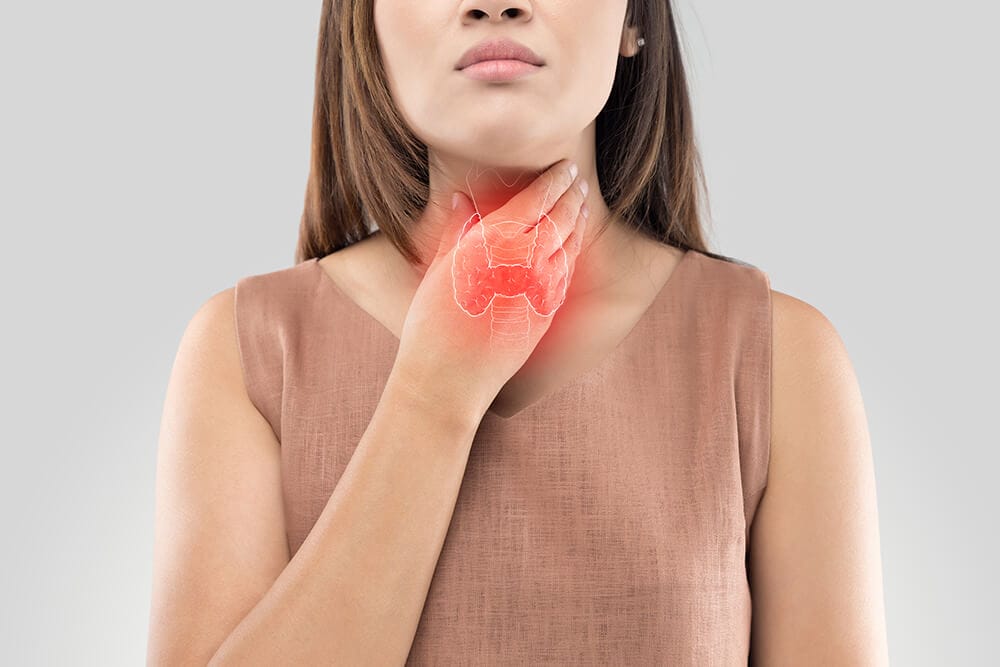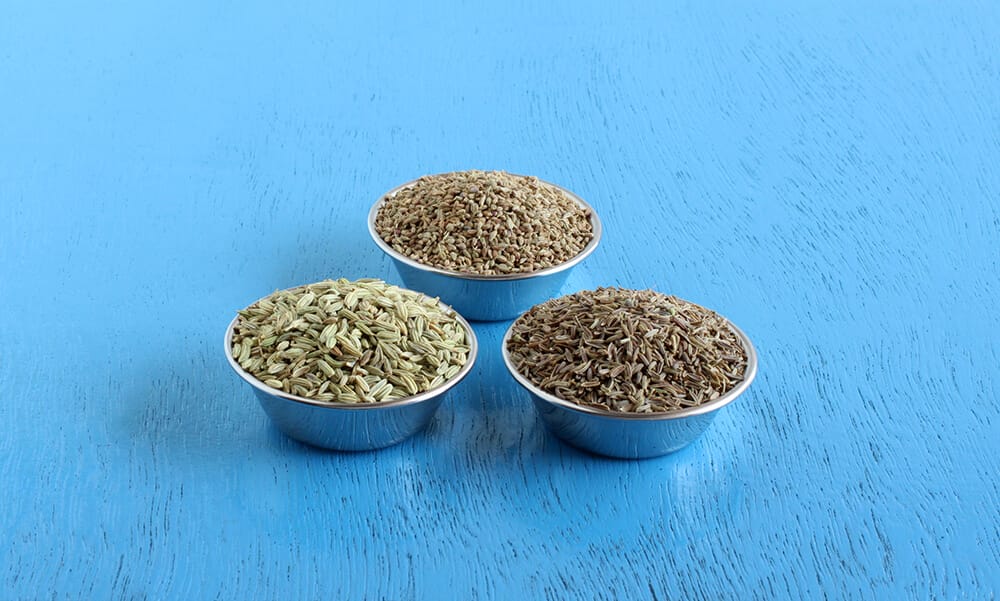
Flavonoids: Meaning, Health Benefits, And Food To Consume
Overview of flavonoids
The health effects of consuming fruits and vegetables have always been highlighted and that is because of the chemicals that are found in them. Plants have naturally occurring chemical compounds known as Phytonutrients. These phytonutrients contain anti-inflammatory and antioxidant properties that are helpful for humans.
Flavonoids are one such group of phytonutrients that are found in plants, especially in those that are yellow in color. Consumption of flavonoids has many health benefits, but there might be side effects associated with it. A doctor’s consultation is always essential, along with having a proper understanding of what flavonoids are.
Health benefits of flavonoids
Flavonoids are specifically polyphenolic secondary metabolites. Apart from giving the plant its colors, flavonoids are also essential for attracting insects that help with pollination. While flavonoids may not be as well-known as vitamin C and vitamin E in terms of being very high in antioxidant content, they do contain a fair share of cell restorative properties. Flavonoids are also considered to be high in antimicrobial and antihistamine properties while fighting free radicals. Some even claim that flavonoids have positive effects on mood and memory retention capabilities.
The benefits of consuming flavonoids are:
May potentially kill cancer cells.
There is a study conducted by the University of Illinois that highlighted the fact that consumption of flavonoids found in green and leafy vegetables like artichokes or celery has shown to kill pancreatic cancer cells by inhibiting the enzyme that causes the rise of these cells. The study also shows that these flavonoids, when consumed pre-treatment, offer better results.Improves cardiovascular health.
The American Journal of Clinical Nutrition has published a review that the flavonoids found in chocolate or cocoa help reduce blood pressure. It also has the desired effect on the levels of LDL and HDL cholesterol.
May help control diabetes.
Another study shows that a diet that is enriched with flavonoids can help reduce the risk of getting type II diabetes. These flavonoids are found in naturally made cocoa or chocolate and work in bettering insulin resistance.
Does help improve cognitive abilities in older people.
Experimental studies have shown that flavonoids found in strawberries and blackberries help slow the rate of decline of cognitive abilities in older people.
Help with weight management.
Since flavonoids are associated with reduction of inflammation, they are also known to help in the suppression of leptin that is responsible for appetite.
Flavonoids having dietary significance are divided into six major subtypes or subclasses. Each of those are discussed in details below:
1. Flavonoids subtype – Flavanols
Flavanols or flav-3-ols are the largest subclasses of flavonoids. Flavanols are known for their antioxidant properties, along with being very good for maintaining cardiovascular health. Flavanols are further divided into three groups—catechins, that are found primarily in green and white teas, theaflavins, that are mainly found in black and oolong teas, and proanthocyanidins, that are found in red wine and chocolate. Catechins are colorless monomers and are easily absorbed in the body, making them a great source of antioxidants. With the order of the isomers going higher, the color deepens, with higher-order polymers like anthocyanins having a deep red color. These can be tannins.
2. Flavonoids subtype – Flavonols
Flavonols are also abundantly found in nature and are the second largest group of flavonoids. Flavonols are structurally different from flavanols such that the latter has a ketone group. Flavonols are also a great source of compounds like isorhamnetin, kaempferol, myricetin, and quercetin. Flavonols are known for their antioxidant, antimicrobial, anti-inflammatory, hepatoprotective, and vasodilatation functionalities. A wide range of fruits and vegetables contain flavonols. These are also known to show dual fluorescence that contributes to the compound’s capability to provide UV protection and color to the flower/plant.
3. Flavonoids subtype – Isoflavones
Isoflavones are a group of isoflavonoids that are found mainly in leguminous plants like fava beans and soy. Isoflavones can further be divided into—daidzein, genistein, glycitein, biochanin A, and formononetin. This subgroup of flavonoids is a great source of phytoestrogens that help regulate the hormonal activities in the body, especially the hormone estrogen. Some studies do indicate the beneficial effects of isoflavones in lowering hormonal cancer chances that include breast and prostate cancers.
4. Flavonoids subtype – Flavanones
Flavanones are derived from flavones. These are colorless ketones known for their aromatic properties. Flavanones are found in plants in the form of glycosides and have a wide range of bioactivities associated with them. Being the precursor to various flavonoid biosynthetic pathways, 15 types of flavanones are found widely in nature, out of which the three main types are—Eriodictyol, Hesperetin, and Naringenin. This subclass of flavonoids is present mainly in citrus fruits and has antioxidant and anti-inflammatory properties. These provide relaxation and overall cardiovascular health benefits.
5. Flavonoids subtype – Anthocyanidins
Anthocyanidins are the sugar-free alternatives of anthocyanins and are the most common plant pigment. The interesting part about anthocyanidins is that this group can change colors from red to green through bluish and bluish green phases on the basis of the functioning of the pH in the plant. This flavonoid is also responsible for helping with the hue saturation and brightness of the plant. The most common anthocyanidins are—cyanidin, delphinidin, malvidin, pelargonidin, peonidin, and petunidin. Berries and any red or purple colored fruits are rich sources of anthocyanidins. This subclass of flavonoids is mainly associated with the maintenance of a healthy cardiovascular system and helps with the prevention of diabetes. Anthocyanidins can also help counter obesity.
6. Flavonoids subtype – Flavones
Flavones are structurally similar to flavonol but they differ in the aspect that the former has one less hydroxyl group. This compound is found mainly in blue and white flowers/plants. Flavones are soluble in water and are generally colorless or have a slight yellowish tint. But when flavones are dissolved in ethanol, they take on a yellow color. Flavones act as natural pesticides and protect the plants and flowers from insects. Flavones also help reduce inflammation in the body. The most commonly occurring types of flavones are—apigenin, luteolin, baicalein, and chrysin.
Best food for flavonoids
Flavonoids are known for aiding cellular activities and being antioxidants in nature. Flavonoids are best found in fruits and vegetables. But, not all food has the same amount of flavonoids and not all flavonoids are required by everyone. But, there are a few essential flavonoids that everyone should intake on a routine basis. These are:
Berries
Berries are the best source for adding flavonoids to the diet. All berries have a mixture of flavonoids that are required by everyone. But, it is the blackberries that are considered to be the ruler of all berries. Blackberries contain all six types of flavonoids in high amounts, especially anthocyanins. Berries are good for the overall circulatory system.
Kale
This green and leafy cabbage is a good source of flavonoids, especially flavanols. Kale can be added to any salad diet or protein shake. Being rich in flavanols means kale offers great benefits to the cardiovascular system and helps with the overall health of the heart. Kale is also a good source of antioxidants.
Dark Chocolate
Chocolate and cocoa are a great source of flavanols and have been part of various studies that highlight the cognitive boosting capabilities of cocoa. Apart from flavanols, dark chocolate is a rich source of catechins and other flavonoids too. Apart from helping slow down cognition degeneration, chocolates are also beneficial for heart health.
Citrus fruits
Many commercials talk about the health benefits of adding citrus-based drinks to the diet, especially oranges and lemons. This is due to the fact that citrus fruits are a great source of vitamin C and flavanones that help reduce inflammation. The best source for having a high amount of flavanone is grapefruit juice.
Tea
one of the easiest ways to incorporate flavanols into the diet is to drink tea. Black, green, and oolong are great sources of flavonoids and are known to help boost memory while keeping the heart strong. Mixing lemon with tea can help in reducing inflammation and fighting obesity.
Treatment & dosage with flavonoids
Flavonoids are naturally occurring chemicals and every day a certain amount of flavonoids are consumed by everyone. Some people or regions might have a higher consumption of a particular subclass of flavonoids over others. People can also opt for having flavonoid supplements to compensate for any dietary deficiency. Adding a small amount of flavonoid to the daily diet is advised and the best way to do so is to take natural or herbal supplements.
There are no fixed dosages that can be prescribed. All drug companies that manufacture flavonoid supplements have various dosages. Consulting a doctor prior to opting for a flavonoid supplement is essential. Certain flavonoids can inhibit the working of essential drugs—like those used for treating cancer or infections—and a doctor’s consultation is a must.
Conclusion
Flavonoids are essential for the well-being of the overall physical and mental health. Many studies and user experiences do speak about the beneficial effects of flavonoids in helping reduce diabetes and control other disorders. These are naturally occurring chemicals and some can even be toxins to people suffering from certain types of disorders. Hence, these will be beneficial only when taken under guided care.
FAQs
What other foods are great sources of flavonoids?
Apart from the ones mentioned above, flavonoids can be found in red cabbages, onions, parsley, red wine, soybeans, pulses, and peppermint. In fact, adding a diverse palate of fruits and vegetables to the diet will take care of flavonoid needs.
What are the most common side-effects associated with flavonoids?
Being natural, there are no serious side effects that are associated with flavonoid intake for a normal and healthy human being. But, taking over 1000 mg of flavonoids per day can lead to nausea and headache.
Can flavonoids treat viral infections?
There are studies that show the beneficial effects of flavonoids in treating viral infections.















